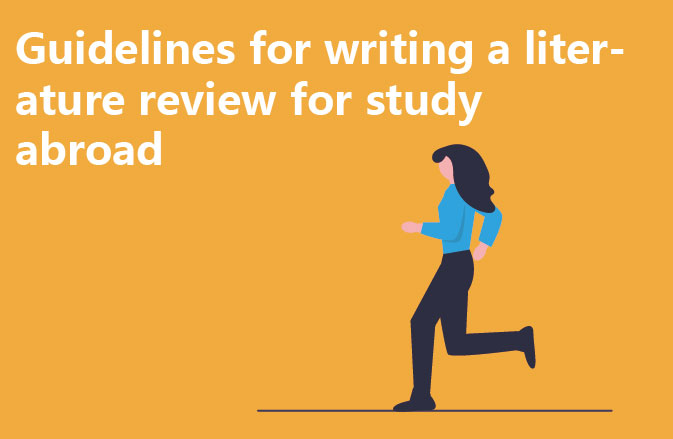I. Definition and Purpose of Literature Review
Literature review refers to the extensive collection of data and information that already exists on a specific topic, and the systematic analysis and summarisation of such data and information in order to develop a comprehensive and in-depth understanding of the topic. Its purpose is to enhance knowledge sharing, ensure the accuracy of research results and provide a basic framework for subsequent research.
Steps of literature review
1. Selection of topic: Choose a topic that you are good at and are willing to analyse in depth, determine its core attributes and what researchers in the field are interested in, and make sure that there is a sufficient amount of relevant literature to support the elaboration. Finding the right perspective becomes the key point at this stage.
2. Extensive review of the literature: covering academic papers, monographs, seminar articles, and other forms of text, taking into account all kinds of academic results closely related to the chosen topic.
3. Organise and analyse the network: deconstruct the core documents in the existing literature system, dig out the information of high value, clearly show the relevance of various cross-disciplinary fields through diagrams, and filter out the most useful academic resources for this discussion.
4. Interpret and summarise the literature: fully understand the core concepts of each piece of literature, and accordingly prepare a brief overview, describing the central idea of each study, focusing on the influencing factors in the process of empirical research, and laying the groundwork for the full text.
5. Generalising relevance: revealing the connections between research ideas based on the content of the literature, and uncovering topics that have not been covered but that could be useful for current research. In this way, the logical relationship between different documents can be clarified, laying a solid foundation for the construction of the research programme.
6. Constructing personal insights: Focusing on personal understanding from the literature, selecting specific hypotheses, propositions, or dominant concepts as the core threads, organically integrating ancient and modern Chinese and foreign literature into a unified whole, and highlighting the academic weight represented by each piece of literature.
7. Completing the detailed description of the article: organising the above results into chapters in a hierarchical manner, developing the discussion according to the predetermined structure and language style, and presenting the excellent insights originally proposed on the basis of the literature in a complete manner.
Quality Requirements of the Literature Review
The literature review should meet the following specific criteria:
1. wide coverage of the literature: covering as much literature as possible in the relevant fields, as well as the latest research progress.
2. moderate depth of literature analysis: neither demanding each article to dig deep, but not shallow, and strive to truly reflect the views and their intrinsic links.
3. Succinctness: Avoid repeating other people’s viewpoints at length, and be good at analysing and refining the essence.
4. Independent thinking: In the process of integrating the literature, we should have the spirit of innovation, and put forward unique ideas on the basis of interpreting the literature.
Conclusion
Following the above process and norms to carry out the literature review will help to improve the quality of the paper, and at the same time, it can also lay a solid cornerstone for their own academic path. We are looking forward to sharing our valuable experience through mutual heart-to-heart exchanges, and jointly promoting the vigorous development of domestic academic career.




